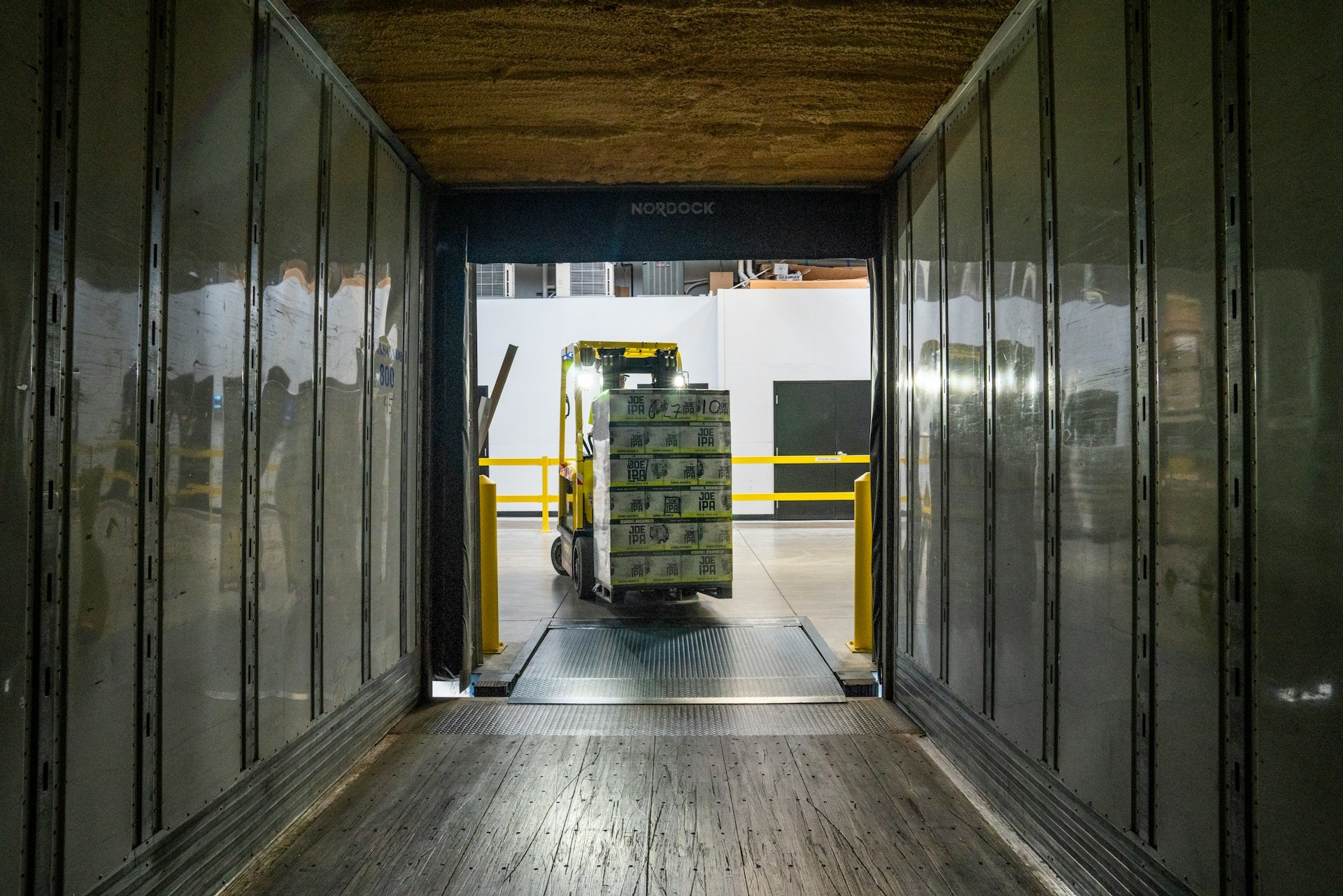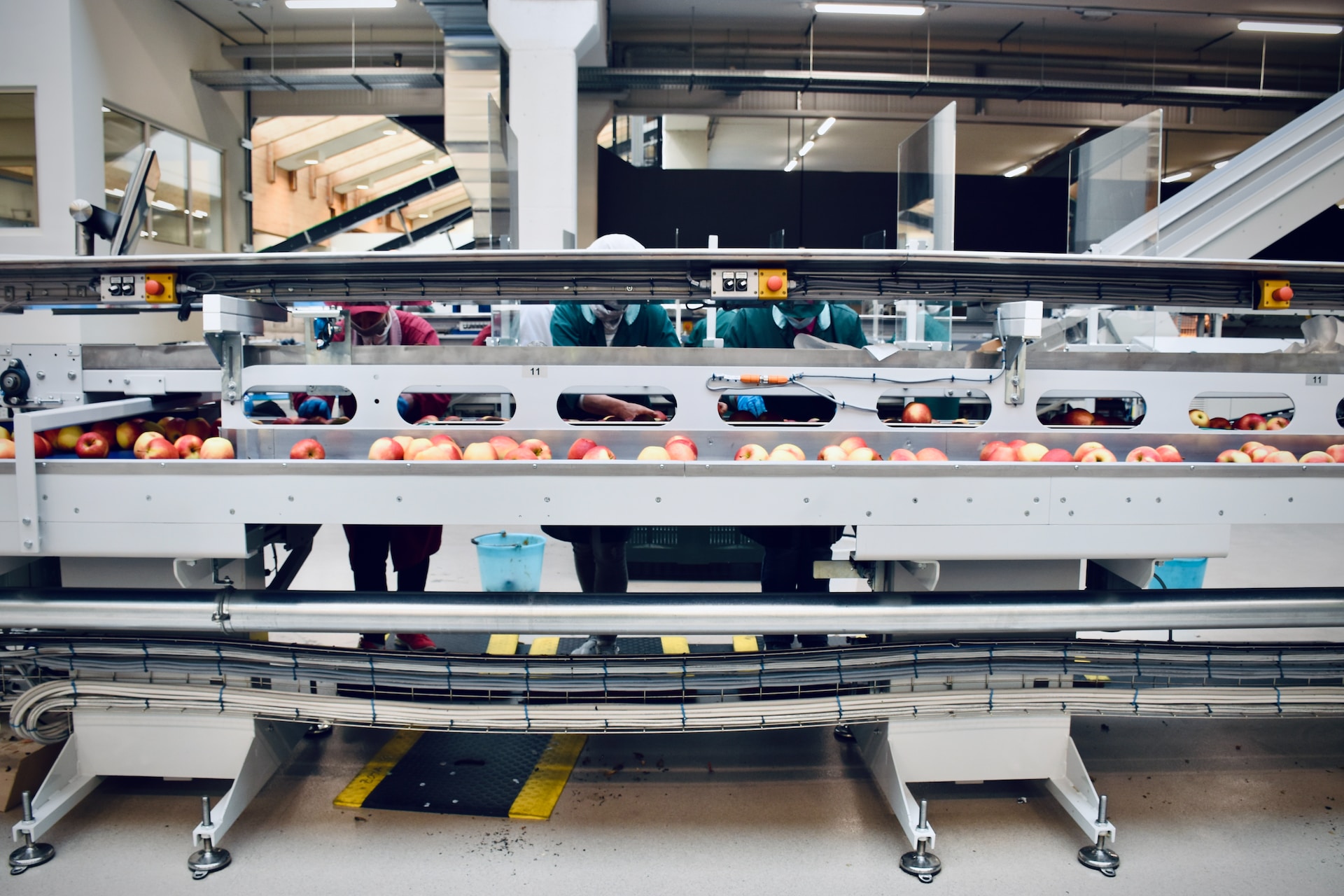If you’re in procurement, you know that every time a Purchase Order (PO) is raised or processed, it incurs a cost to your business. But how much does it actually cost to process a Purchase Order? While it’s easy to track and measure costs associated with people, software, and systems, the cost of processing a PO often remains elusive and hidden.
Many organisations have tried to pin down this cost, but before diving into the numbers, let’s explore the components that contribute to it.
Breaking Down the Purchase Order Process
Raising a Purchase Order is a multifaceted process involving various tasks across different people and functions. Here are some of the critical steps:
- Confirming the Specification: Ensuring the product/service being procured meets the required specifications.
- Selecting the Optimal Supplier: Finding the best supplier to fulfil the order.
- Checking Pricing and Promotions: Ensure pricing is competitive and factoring in any available promotions.
- Raising a PO: Ensuring the PO contains accurate and up-to-date product details and pricing.
- Internal Approval: Obtaining approval based on predefined limits.
- Supplier Communication: Managing supplier communications during fulfilment, including changes in quantities, modifications, revisions, delivery dates, availability, and substitutions.
- Updating Systems: Manually updating internal systems.
- Invoice Matching: Comparing invoices to the original or amended orders.

The Manual Intervention Problem
Not every PO glides through this process without hiccups. In fact, a wholesaler we spoke to recently mentioned that over 60% of POs required manual intervention. This results in delays, increased costs, and customer dissatisfaction. And let’s face it—putting a price tag on customer loyalty is tricky.
So, What’s the Actual Cost?
Even if everything goes smoothly, there’s still the question of the cost of people, software, and systems involved in the process. Various studies (mostly U.S.-based and not specific to our sector) suggest that processing a single PO can cost around $100. This figure might seem high, especially given the average order value we see at Cerve.
But wait, there’s more:
- Unchecked Prices: How many POs were raised without verifying prices?
- Better Alternatives: How many POs were raised for products with a cheaper and potentially better option?
- Lost Sales: What sales value has been lost due to late or undelivered products?
The Solution: Automation and Data Integration
Several solutions have been previously attempted, including EDI, which have been impossible to implement at scale. These failed due to high cost, resource demand, and the requirement for participation from smaller organisations unable to meet the technical, commercial, and operational demands of EDI implementation.
However, automation and data integration can change this. These approaches open up tools, applications, and programs that can transform your methods, identify potential savings and ultimately enhance your business’s efficiency, effectiveness and profitability.
Benefits of Data Integration for Procurement
- Reduced Administrative Burden: Manual data entry and reconciliation are replaced by seamless automated data exchanges. This reduces the time and resources spent on paperwork, freeing up your team to focus on strategic tasks.
- Enhanced Accuracy: Automation eliminates human error, ensuring that data like product specifications, pricing, and order details are accurate and up-to-date. This minimises costly mistakes and reduces the need for manual intervention.
- Cost Savings: By streamlining processes and reducing errors, data integration can significantly cut down on procurement costs. You can also identify and capitalise on supplier promotions, volume discounts, and cost-saving opportunities.
- Improved Supplier Relationships: Real-time data exchange facilitates clearer communication with suppliers. This helps in building trust, fostering collaboration, and resolving issues swiftly, leading to more favourable supplier terms and better supply chain partnerships.
- Faster Processing Times: Automated PO generation, approval workflows, and invoice matching drastically speed up the procurement process. Orders are processed quickly, reducing lead times and ensuring timely product delivery.
- Increased Compliance: Automated procurement systems ensure adherence to internal policies, approval limits, and regulatory requirements. They maintain an audit trail for each transaction, simplifying compliance and reporting.
- Supplier Performance Monitoring: Integrated data systems enable you to track supplier performance in real-time. This helps in identifying reliable partners, managing risks, and negotiating better contracts based on data-backed insights.
- Scalability: Unlike EDI, which struggled with scalability, modern data integration can seamlessly grow with your business, accommodating new suppliers, products, and markets without the need for extensive technical adjustments.
- Strategic Insights: Data integration provides valuable insights into spending patterns, supplier performance, and market trends. This enables more informed decision-making and the development of data-driven procurement strategies.
- Competitive Advantage: By optimising procurement processes, reducing costs, and improving supplier relationships, data integration provides a competitive edge. It enables your business to respond swiftly to market changes, adjust pricing strategies, and deliver better customer service.

Ready to save on PO Costs?
Using Cerve’s Data Integration approach, your Procurement Processes can be reimagined, streamlining manual and error-prone processes with AI-powered automation, allowing data to be exchanged between you and your Suppliers easily and securely, all in real-time.
The team at Cerve are experts at unlocking the value that can be gained through automated data exchange. Our collaborative approach delivers you a customised, scalable and secure solution for today and the future.
For more information and to start your journey contact david@cerve.com


